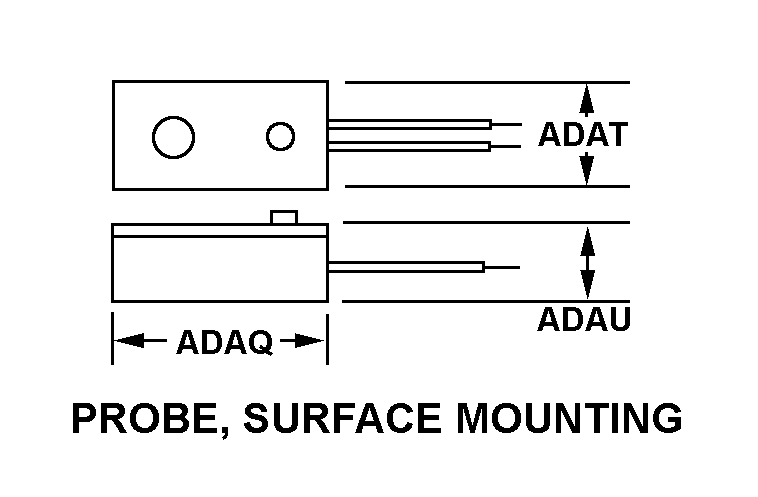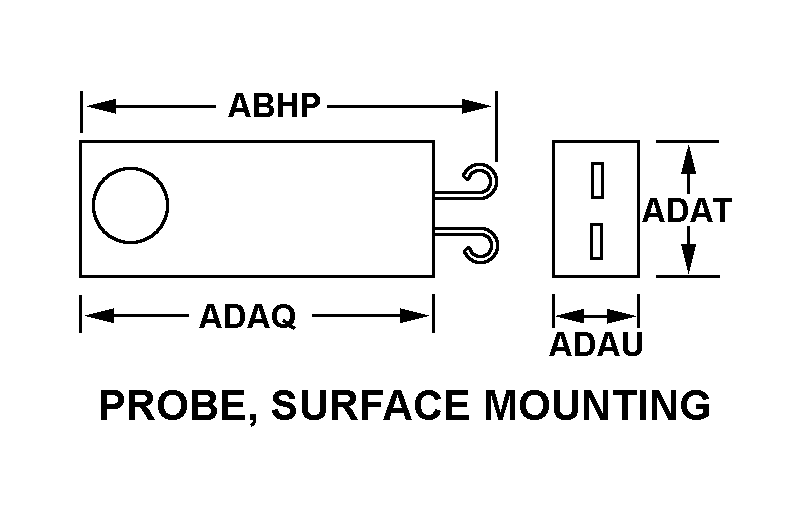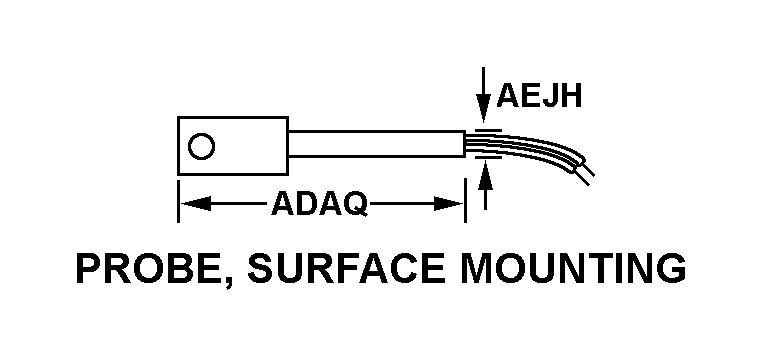5905015373185
Price Quote Get an up to date pricing and availability quote for this product. Order online or over the phone.
Quality Commitment
Serving our customers with quality and safety first.
- AS9120 Certified
- Audited supply chain
- ITAR Registered
- DDTC Registered
- HAZMAT Certified
- Customer service objectives
- Every product 100% inspected

5905-01-537-3185 Specification Set by the OEM (see RNCC code 3)
not established
1.000in.
1.000in.
0.160in.
0.601in.
vertical launching system; ordalt 70019, MK41 MOD0, vls, acim, reprogrammed cca
unc
encapsulated
32 per inch
0.138in.
2a external
inavy: snsr assy, tem A4-A5; mfr: temp sensor assy
consists of Z-Shaped bracket (0.090 thk al alloy 5052-H32 iaw QQ-A-258/8 with chem film, clear chromate iaw MIL-C-5541, cl 3 finish; screws and nuts - 300 series cres, passivated iaw ams 2700; has brass contacts with 20 mil tin over 10 mil copper finish; 3 position friction lock straightconnector header (5935-01-016-86660, nylon ; printed wiring board (9349424-01 / 53711) is fastened to one leg of bracket with two .112-40Unc x .312 lg pan head screws; this leg is approx. 2.00 in, middle section is 1.00 in high, other leg is 0.600 in and has the 2 mounting screws described in mrcs.
probe, surface mounting
connector interfacing: pin 1 - vcc - 5vdc, pin 2 - temp sense output, pin 3 - ground; electrical characteristics: dc input voltage 5vdc, dc current 180 microamps max, temp sense temp range: M40 to P125 deg. c, temp sense output: 100 millivolts at -40 deg c, 1.75 volts at 125 deg c, temp semse output linearity: 10 mv per degree c, temp sense output accuracy: +/-20 at 25 deg c, less than or equal to +/-3 c at 0 deg c and 55 deg c
3 pin
Cross Reference Parts Part numbers that meet the specification outlined on this page and set by the OEM
Identification Item Identification Guide (IIG) and Item Name Code (INC)



Definition Definition of approved item name (AIN): "RESISTOR,THERMAL"
A thermally sensitive resistor whose primary function is to exhibit a change in electrical resistance with a change in body temperature. Item may be mounted in a probe or housing. For ballast tube type resistors, see resistor (1), current regulating. Excludes transmitter (1), temperature, electrical resistance and temperature element, resistance meteorological.
Packaging & Dimensions Packaging instructions, special markings, and approx. weight/dims
Packing shall be accomplished in accordance with table c.ii for the packing level specified. closure, sealing and reinforcement shall be in accordance with applicable specification for shipping container.
Packing shall be accomplished in accordance with table c.ii for the packing level specified. closure, sealing and reinforcement shall be in accordance with the appropriate shipping container specification.
Packing shall be accomplished to meet the performance test requirements of astm-d4169, distribution cycle 18, assurance level 3.
Options can be exercised as to specific method of preservation or dod approved packaging materials to be used. however, basic preservation method shall be retained, supplemental data shall be complied with, and unit package dimensions shall not be increased by more than one inch. equal or better protection shall be given the item and there shall be no increase in the package cost.
Special requirements.
Packaging Codes
OPI: Optional Procedure Indicator Code. A one position alpha code that indicates the allowable deviations from the prescribed requirements.
SPI No.: Special packaging instructions number.
LVL A/B/C: Indicates the type of shipping container required for level A, B, or C maximum packing protection.
SPC Mkg: A two position code that identifies the special markings applied to the container, which is part of the total pack to protect the contained item during preservation, packing, storage, transit and removal from the pack.
5905-01-537-3185 Material Hazmat, Precious Metals, Criticality, Enviroment, and ESD
Indicates there is no data in the hmirs and the nsn is in a fsc not generally suspected of containing hazardous materials.
Item does not contain precious metal.
No known electrostatic discharge (esd) or electromagnetic interference (emi) sensitivity.
Represents items with no adp components
The item does not have a nuclear hardened feature or any other critical feature such as tolerance, fit restriction or application.
Identification Codes
HMIC: Hazardous Material Indicator Code. A one position code that identifies a hazardous item.
PMIC: Precious Metal Indicator Code. A one position code which identifies items that have precious metals as part of their content. precious metals are those metals generally considered to be uncommon, highly valuable, and relatively superior in certain properties such as resistance to corrosion and electrical conductivity.
ESD: Electrostatic Discharge. Indicates if an item is susceptible to electrostatic discharge or electromagnetic interference damage. electrostatic discharge damage occurs when an accumulation of static electricity generated by the relative motion or separation of materials is released to another item by direct contact. electromagnetic interference damage occurs when an item comes into proximity with an electrostatic or magnetic field.
ENAC: Enviromental Attribute Code. Identifies items with environmentally preferred characteristics.
CRITL: Criticality Indicator Code. Indicates an item is technically critical by tolerance, fit, application, nuclear hardness properties, or other characteristics.






